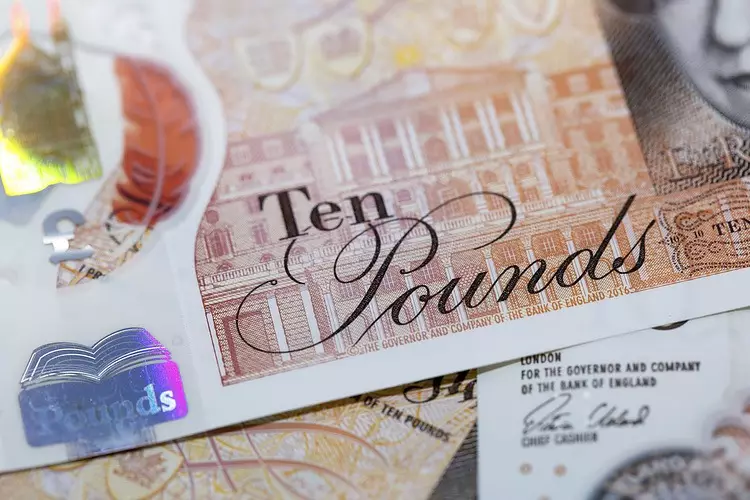The GBP/JPY cross saw a rise in the 190.85-190.80 region on Tuesday and continued to climb during the European session, reaching around 191.60. This increase was in response to the upbeat UK Services PMI, which exceeded expectations by rising to 54.9 in April.
Risk Tone and Safe-Haven Currency
The positive risk tone in the market has caused the safe-haven Japanese Yen (JPY) to lose some ground. This, combined with the cautious approach of the Bank of Japan (BoJ) towards policy tightening, has further supported the GBP/JPY cross.
Intervention Fears and Policy Decisions
Traders are keeping a close eye on potential intervention by Japanese authorities to strengthen the JPY, which is limiting bearish bets on the currency ahead of the BoJ’s policy decision on Friday. Additionally, speculations about possible aggressive policy easing by the Bank of England (BoE) might hinder further gains for the GBP/JPY cross.
Despite an unexpected contraction in the UK manufacturing sector, the British Pound (GBP) received a boost from the positive Services PMI data. A decline in the US Dollar (USD) also played a role in supporting the GBP/JPY cross.
The ongoing conflict between Iran and Israel has not escalated further, contributing to a positive risk sentiment in the market. This has led to a weaker JPY and provided additional support to the GBP/JPY pair.
Overall, the GBP/JPY cross has shown resilience in the face of various market factors, including economic data releases, central bank policies, and geopolitical tensions. Traders will continue to monitor these developments closely to gauge the future direction of the currency pair.

